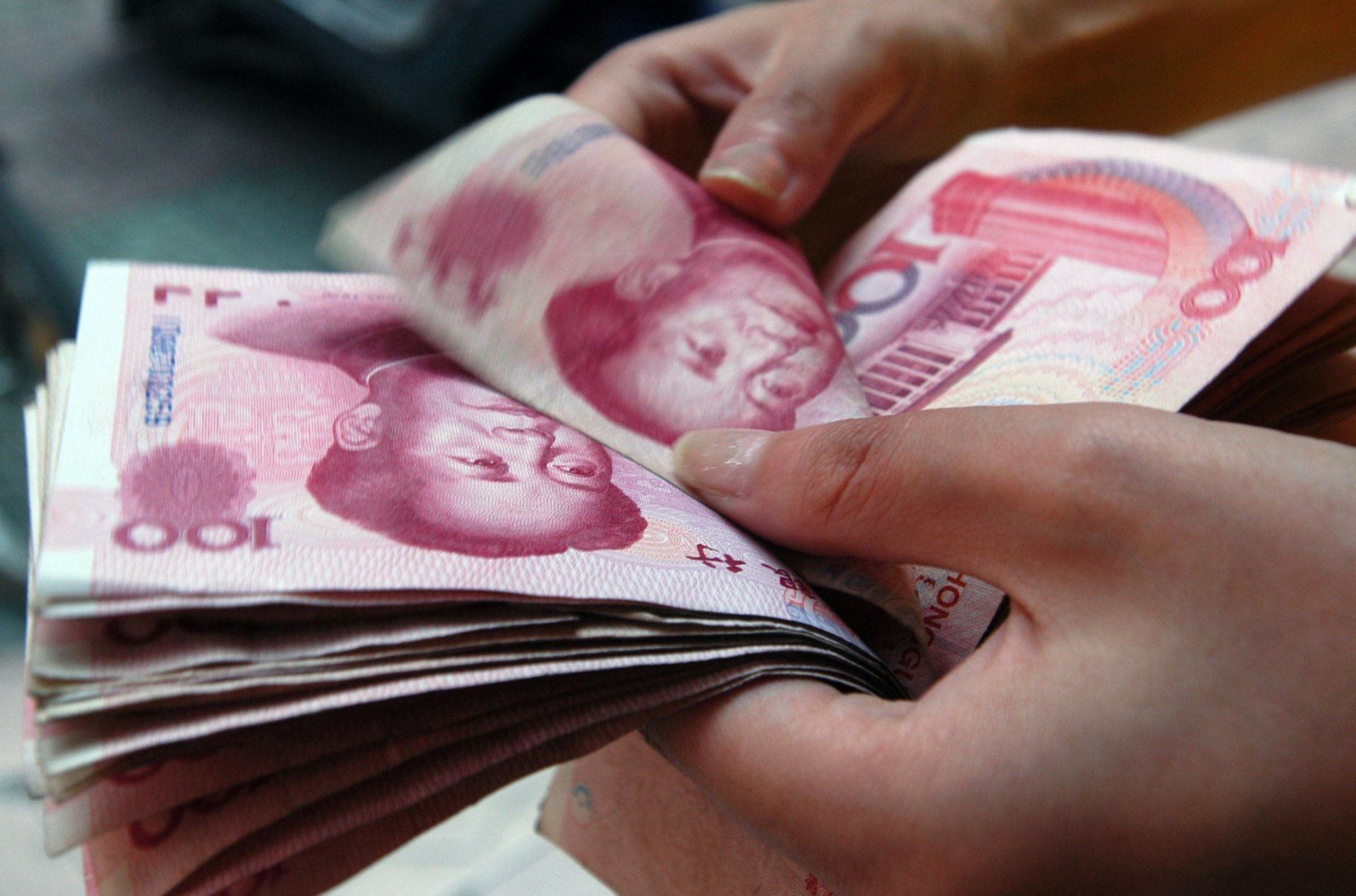Here’s what’s happening with electronic money around the world
The digitization of money is a global story, but how it plays out varies from country to country. Some have developed domestic payment technology to replace their paper adorned with royalty and dead presidents. In other places, past memories of financial trauma and lasting habits of carrying physical money make cash enduringly popular.


The digitization of money is a global story, but how it plays out varies from country to country. Some have developed domestic payment technology to replace their paper adorned with royalty and dead presidents. In other places, past memories of financial trauma and lasting habits of carrying physical money make cash enduringly popular.
The following charts show a world in the midst of a transformation. We looked at 37 countries and determined how much cash is in circulation, as well as how much of it is being used. The TLDR: Electronic payment methods are booming, but as the data show, cash isn’t going down without a fight—especially in parts of the world where economic growth is both recent and fast.
Where cash is disappearing
In Sweden, cash is no longer king
A payment app called Swish has caught on in Sweden like an Abba tune. It’s so popular, research suggests paper money will likely be “marginal” in Sweden by the end of this decade and gone by 2030. Concerned that payments could be entirely in the hands of commercial banks, the Swedish Riksbank is debating the merits of issuing e-krona electronic money. But such a move could have serious consequences. Why leave deposits with a regular bank if you can park your money with the lender of last resort—the government central bank?
India’s war on cash
Most countries aren’t worried about what happens when there’s too little paper money. Indeed, some are trying to speed it along by mounting a so-called war on cash to cut down on illicit finance and increase tax collection. India botched its demonetization attempt in 2016, but it’s not giving up on its plans for a digital economy: The country has introduced things like biometric identification and an online tax collection system. Morgan Stanley research analysts say it could be a trillion dollar opportunity as smartphone penetration doubles to 700 million by 2020.
In Kenya, phone operators are banks
Most countries are following a similar playbook when it comes to moving toward a cashless future: your phone is your wallet, and you use it to connect to banks and other financial-service companies. In Kenya, however, the relationship is different—your mobile operator is also, effectively, your bank. Since phone companies already have a financial relationship with their subscribers, it’s easy to add savings and payments to a user’s account (the savings are kept in the phone service’s regulated bank accounts). Kenya’s largest mobile operator, Safaricom, launched its mobile-payments service, M-Pesa, in 2007. Since then, more than 28 million Kenyans have signed on. More than 70% of adults in Kenya have a mobile money account these days, as do many in Uganda and Zimbabwe.
In rich nations, more ways to pay
Where there’s fast economic growth, cash demand rises
China’s QR code mania
China is the clear leader in converting the smartphone to a digital wallet—there are about as many mobile payment users in China as everywhere else in the world combined. One of the underpinnings of this revolution is the quick response code, which was invented in 1990s by a unit of Toyota to track automotive parts. These dotted squares, or QR codes, can be read by smartphone cameras, making it easy for, say, a roadside produce seller to get mobile payments up and running.
Cash may not go down without a fight
The 37 countries we analyzed on average saw a slight increase of cash withdrawn from ATMs (17% to 19% of GDP), and an increase of cash in circulation (7% to 8% of GDP) from 2012-2015. In a majority of them—19 in all—cash outstanding has grown. For some, that was due to domestic needs, and for others, their ever-increasing underground economy led to the increase despite a decreasing share of payments in cash.
That said, the use of electronic payments is growing much more quickly than paper notes and coins in just about every country we surveyed, and forecasts expect digital money to get even more traction in the coming years.
Germany’s hipsters are the future
Just to prove that there’s little correlation between advanced economies and advanced payment systems, Germany has been famously stodgy about keeping cash. But even there—in a nation that was scarred by trillion-fold hyperinflation after World War I—electronic money is creeping in and paper bills are getting folded away. Debit card usage is catching on, particularly among young people. For the first time, the proportion of cash in overall turnover has fallen below 50%, according to a Bundesbank survey.